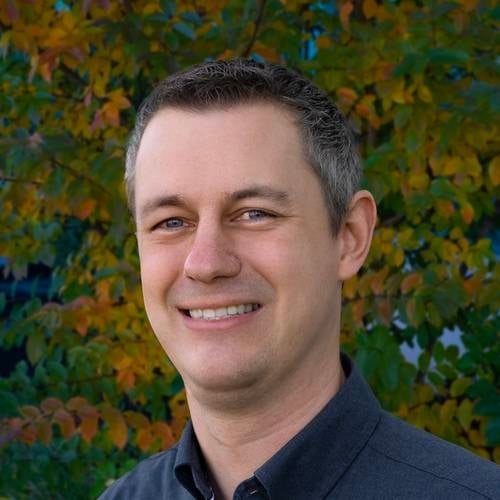About This Webinar
Highly reflective mirrors for ultrafast lasers need to cover a broad wavelength range which depends on the pulse duration. Furthermore, the group delay dispersion (GDD) is usually specified to be constant within certain tolerances for this wavelength range. These two constraints must be considered when thin-film designs are optimized to realize higher laser damage thresholds in the ultrafast regime.
This presentation explores how experimental laser damage threshold (LIDT) results for single layers of different materials can be applied to estimate the laser resistance of multilayer coatings. By taking the electric field distribution through the thin-film stack into account, optimized designs using several materials can be calculated. These theoretical results are compared to the experimental data of ion beam sputtered and electron beam evaporated multilayer coating to prove this approach.
*** This presentation premiered during the
2024 Photonics Spectra Optical Coatings Summit. For more information on Photonics Media conferences and summits, visit
events.photonics.com.
About the presenter

Mathias Mende spent the last two years as a German-based senior optical coatings designer at Edmund Optics following 10 years working at Laseroptik GmBH. He earned a degree in physics from the Leibniz University Hannover. Mende has over 15 years of experience in thin-film design and process development for ion-beam sputtered coatings used with high-power lasers.